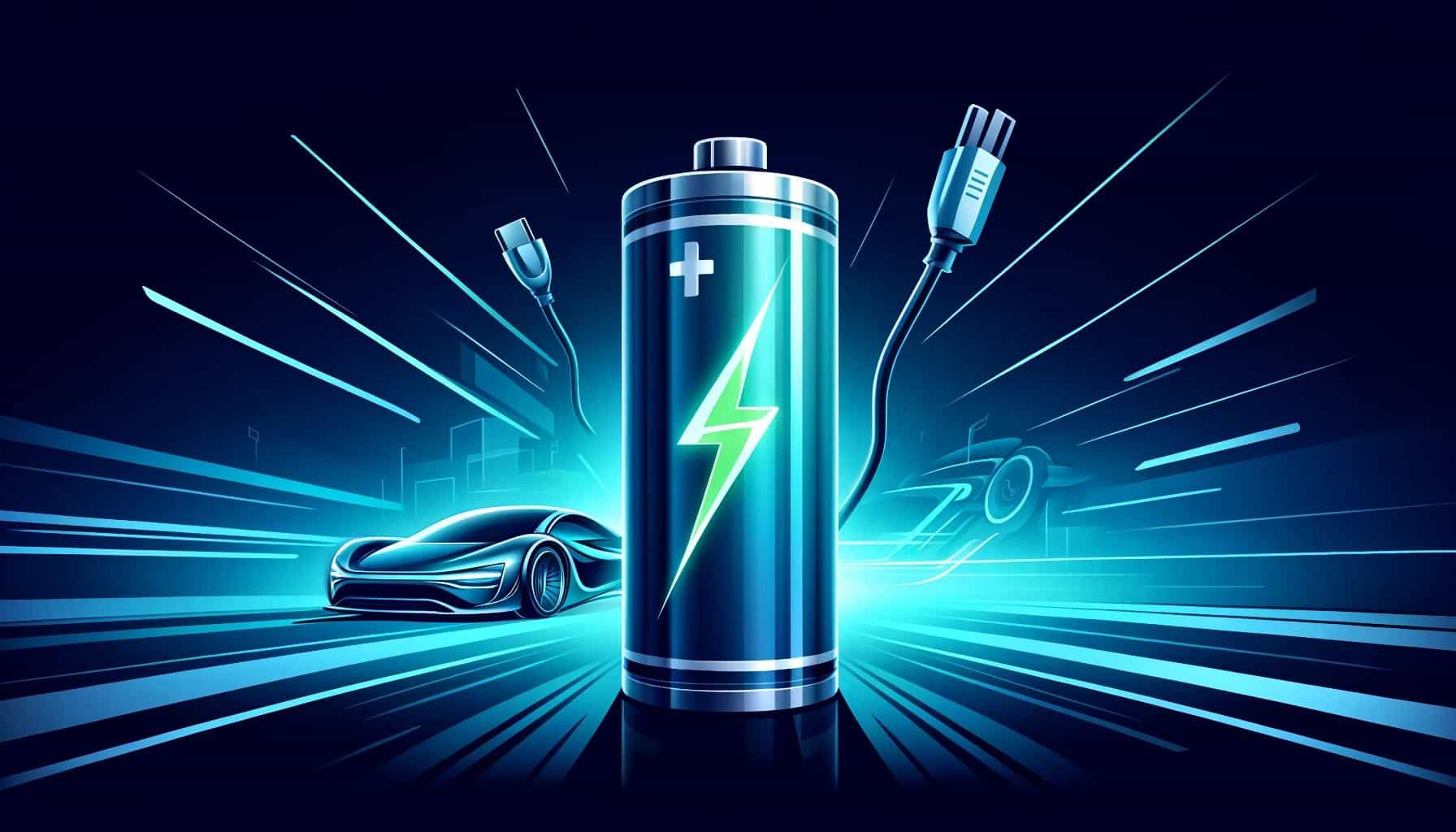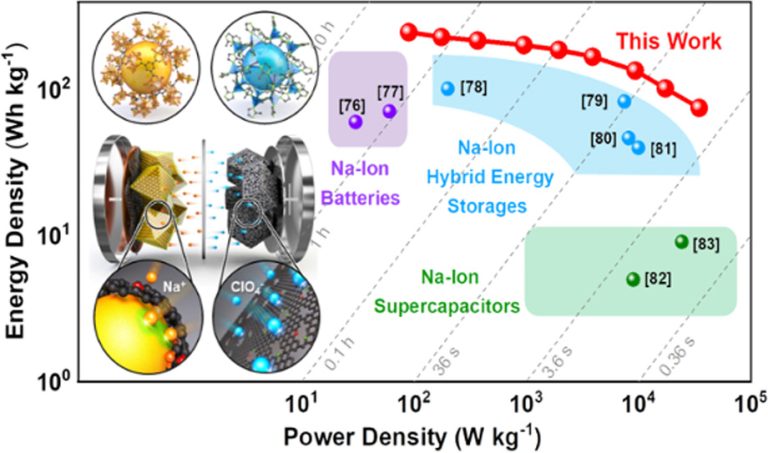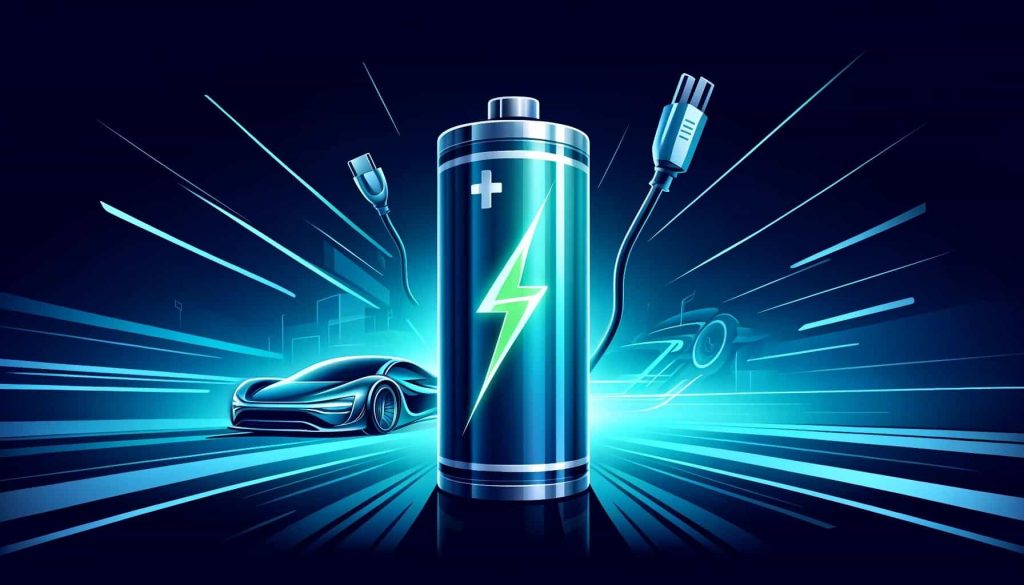
Lithium-ion batteries have been very important for mobile devices and renewable energy since the early 2000s. However, Li-ion technology has its limits and drawbacks, such as logistical bottlenecks due to a dependence on rare metals like cobalt and nickel. On the other hand, sodium-ion batteries — a rising star in energy storage tech — don’t rely on rare elements. Sodium itself is 500 times more abundant than lithium. lithiumIt’s one part of table salt, after all.
Now, researchers have revealed a new type of hybrid sodium-ion battery that uses cathodes from supercapacitors — electrochemical energy storage systems with great power density and extremely fast charge-discharge time.
Combining the best aspects of both batteries and supercapacitors
The new system developed at the Korea Advanced Institute of Science and Technology (KAIST) not only charges rapidly but is also more affordable and safer than the lithium-ion batteries currently prevalent in consumer electronics and electric cars.
In a demonstration, a coin-shaped prototype of this hybrid sodium-ion battery charged “in seconds”, according to the researchers. This could be a game-changer, especially for the electric vehicle market where range anxiety has stymied adoption.
Traditionally, sodium-ion batteries have faced important limitations. They had lower power output, constrained storage properties, and longer charging times. Some of these limitations have now been solved by combining anode materials used in traditional batteries with cathodes found in supercapacitors.
However, this wasn’t as simple as mixing and matching some materials. The typically slow energy storage rate of battery-type anodes requires augmentation. And so does the relatively low capacity of the cathode materials.
The innovation lies in the synthesis of the battery components. The team, led by Professor Jeung Ku Kang from the Department of Materials Science and Engineering, utilized two different metal-organic frameworks to create optimized anode and cathode materials that address previous inefficiencies in energy storage rates. The resulting cell surpasses the energy density of current commercial lithium-ion batteries while retaining the characteristic power densities of supercapacitors, i.e. extremely fast charging. The findings were reported in the journalEnergy Storage Materials
The performance of the new hybrid sodium-ion batteries compared to conventional batteries and supercapacitors. Credit: KAIST Nano Materials Simulation and Fabrication Lab. A potential game-changer.

Sodium-ion batteries in general
are making good progress
. Last week, Natron Energy Inc. revealed their intentionsfor the first large-scale facility in the United States for producing sodium-ion batteries. The facility will be constructed near Michigan’s western shore. BloombergNEF forecasts that sodium-ion batteries will account for 12% of the market for stationary energy storage by 2030. Elsewhere, in Japan, scientists at Osaka Metropolitan University
have created a new process for producing solid-state sodium-ion batteries. The team fabricated a solid sulfide electrolyte with the highest reported sodium ion conductivity in the world — about 10 times higher than what is needed for practical use. By merging conventional battery and supercapacitor technology, scientists have developed a super ‘Frankenstein’ battery that combines the best of both worlds. have developed a new method for manufacturing solid-state sodium-ion batteries. The team made a solid sulfide electrolyte with the world’s highest reported sodium ion conductivity — about 10 times higher than required for practical use.









